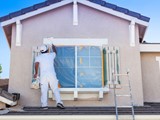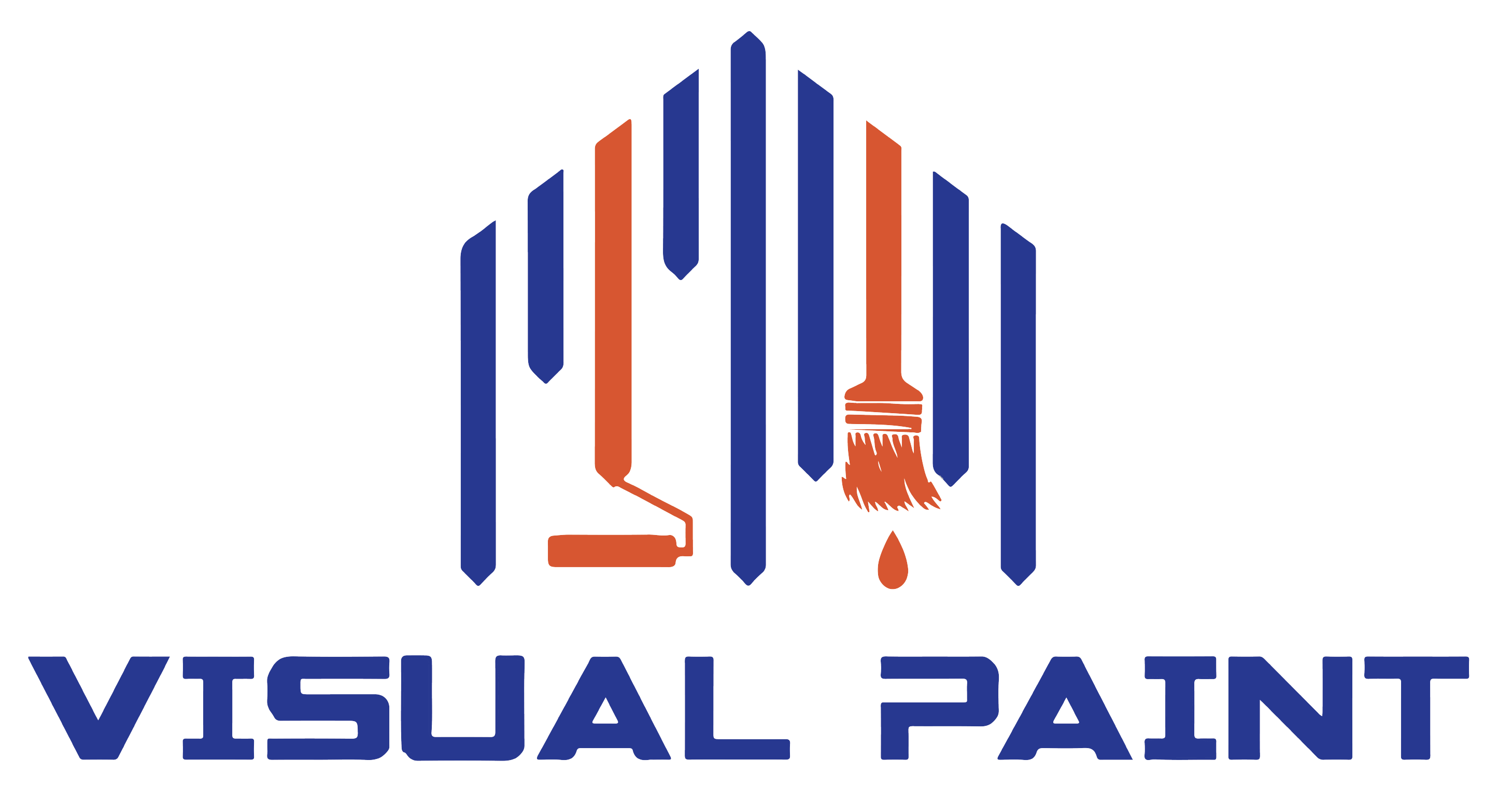How Often Should You Paint Your Home's Exterior?

Keeping your home looking fresh and well-maintained is essential for both aesthetic appeal and long-term protection. One of the most impactful ways to achieve this is by regularly painting the exterior.
But how often should you repaint your home? The answer depends on several factors, including climate, paint quality, and maintenance.
In this article, we'll explore these elements to help you determine the best schedule for painting your home's exterior.
The Importance of Exterior Paint Maintenance
Your home's exterior is the first thing people notice, making a well-painted façade crucial for curb appeal. Beyond looks, exterior paint also serves as a protective barrier against the elements. It shields your home from harsh weather conditions, preventing damage to the underlying structure and materials. Additionally, a well-maintained exterior can significantly boost your property's value.
Factors Influencing Repainting Frequency
Several key factors determine how often you'll need to repaint your home's exterior, each playing a crucial role in the longevity and appearance of your paint job.
Climate and Weather Conditions
The environment significantly affects how often you should repaint your home. Homes in regions with extreme weather conditions tend to require more frequent painting.
For instance, Southeast Michigan's climate includes cold winters with heavy snowfall, which can cause paint to crack and peel due to the freeze-thaw cycle. Additionally, the region experiences hot and humid summers, which can lead to paint blistering and fading. The combination of these seasonal extremes means that homes in Southeast Michigan may require more frequent repainting compared to areas with more stable weather patterns.
Statistics show that the average annual snowfall in Southeast Michigan is approximately 45 inches, and summer temperatures can reach highs of around 83°F (28°C) with high humidity levels. These conditions can accelerate paint deterioration, making regular maintenance even more critical.
Quality of Paint and Materials
The type of paint you choose can greatly impact the longevity of your paint job. High-quality paints and materials are designed to withstand the elements better and for longer periods.
For example, premium latex paints are known for their durability and flexibility, making them an excellent choice for most homes. Oil-based paints, while durable, might not offer the same level of flexibility and can be more susceptible to cracking over time.
Investing in high-quality paint may cost more upfront, but it can save you money in the long run by extending the intervals between repainting.
Maintenance and Upkeep
Regular maintenance is crucial for extending the life of your exterior paint. Simple tasks such as washing your home's exterior to remove dirt and mildew can prevent premature paint failure. Additionally, conducting regular inspections to identify and address small issues before they become major problems can help maintain the integrity of your paint job.
Neglecting maintenance can lead to a shorter lifespan for your paint, requiring more frequent repaints. A little effort in upkeep can go a long way in preserving your home's exterior.
Typical Timeframes for Repainting
While the exact timing can vary based on the factors mentioned above, here are some general guidelines for different types of homes:
- Wood Siding: Typically requires repainting every 3-7 years, depending on the climate and maintenance.
- Stucco: Generally needs a fresh coat every 5-6 years.
- Brick: Painted brick can last 15-20 years before needing repainting, though this depends on the quality of paint and environmental conditions.
In Southeast Michigan, considering the climate and weather conditions, it’s advisable to lean towards the lower end of these ranges. For instance, wood siding might need repainting closer to every 3 years rather than 7.
Signs That It's Time to Repaint
Even with the best maintenance, there will come a time when your home needs a new coat of paint. Look out for these common signs indicating it's time to repaint:
- Peeling, Cracking, or Blistering Paint: These are clear indicators that the paint is failing and needs to be replaced.
- Faded or Chalky Paint: Over time, paint can lose its vibrancy and become chalky, especially in sunny climates.
- Exposed Wood or Other Materials: If you see bare wood or other materials exposed, it’s a sign that the paint is no longer providing adequate protection.
- Mold or Mildew Growth: These issues not only affect the appearance but can also damage the paint and underlying structure.
Benefits of Timely Repainting
Keeping up with a regular repainting schedule offers several benefits:
- Enhanced Curb Appeal: A fresh coat of paint keeps your home looking attractive and well-kept.
- Protection Against Damage: Paint serves as a barrier against the elements, protecting your home from moisture, pests, and other potential damage.
- Increased Property Value: A well-maintained exterior can boost your home's market value and make it more appealing to potential buyers.
- Peace of Mind: Knowing your home is well-protected and visually appealing provides a sense of pride and comfort.
Take Action & Call Visual Paint To Repaint Your Home
Regularly painting your home's exterior is essential for maintaining its beauty and protecting it from the elements. By considering factors such as climate, paint quality, and maintenance, you can determine the ideal repainting schedule for your home. Don’t wait for visible signs of wear to take action; proactive maintenance can save you time and money in the long run.
Ready to give your home a fresh new look? Contact Visual Paint today for a free quote! Our team of professional painters is here to help you achieve a beautiful, long-lasting exterior that you can be proud of. Call us now or complete our free quote form to schedule your consultation.
